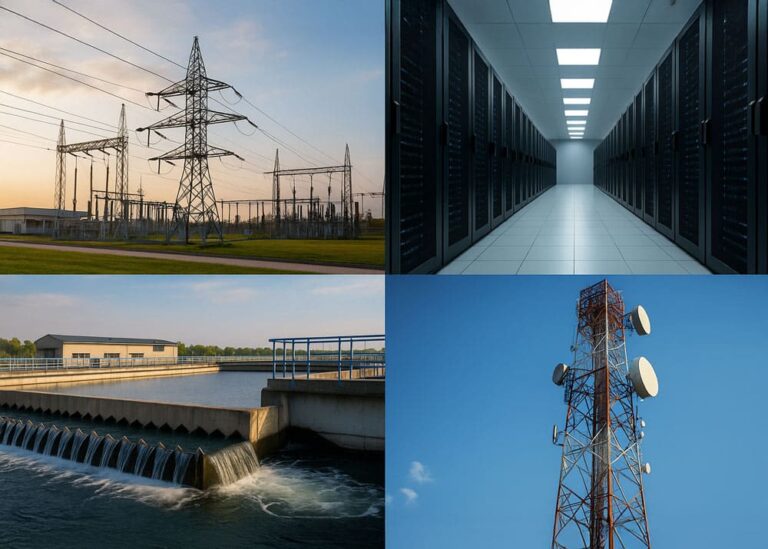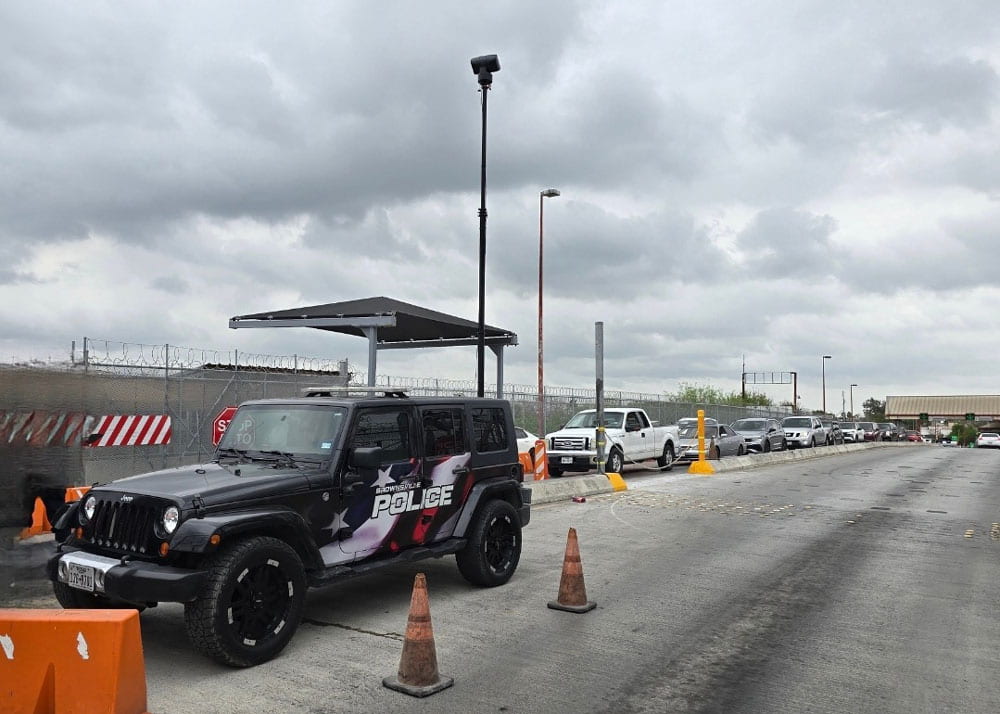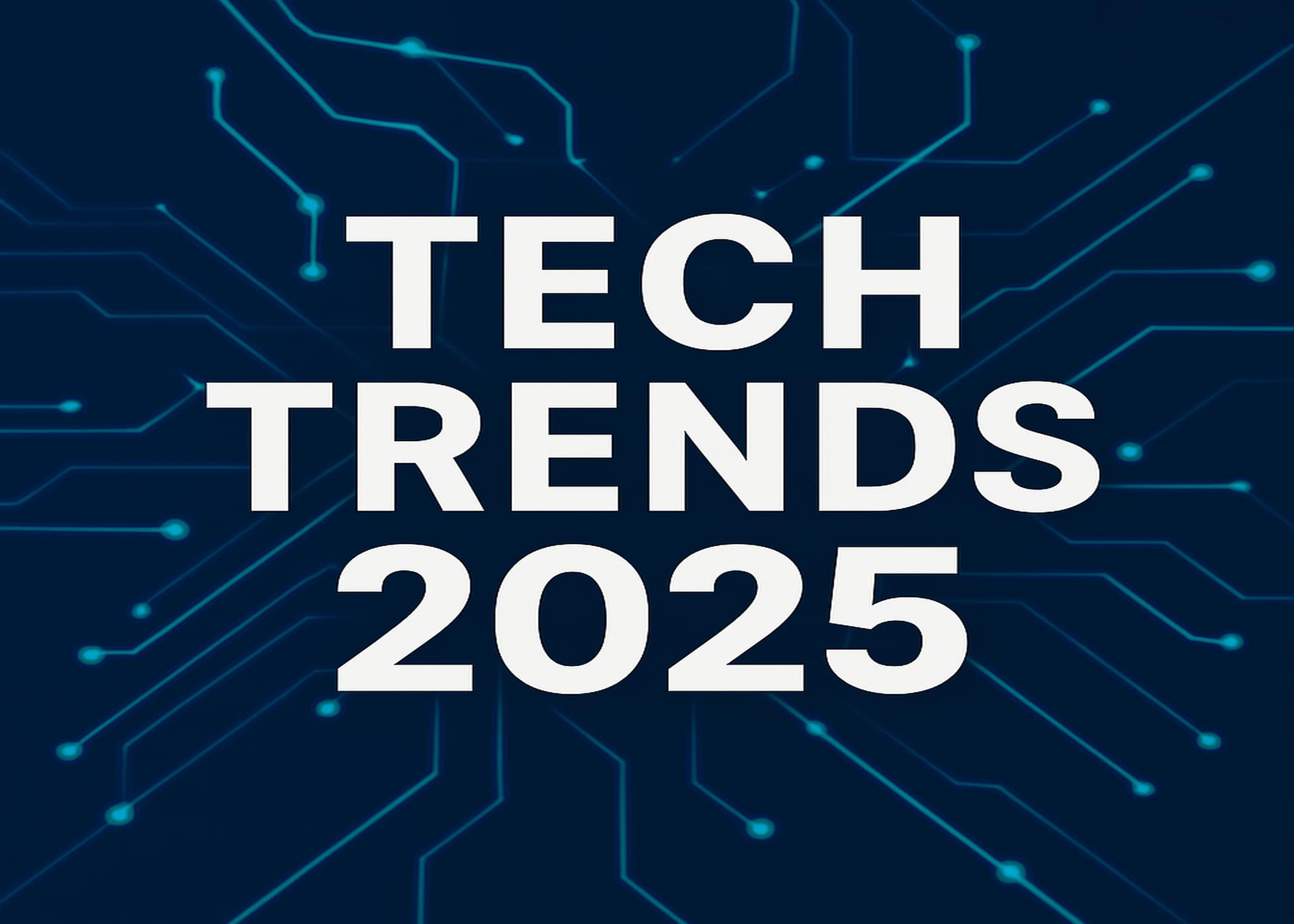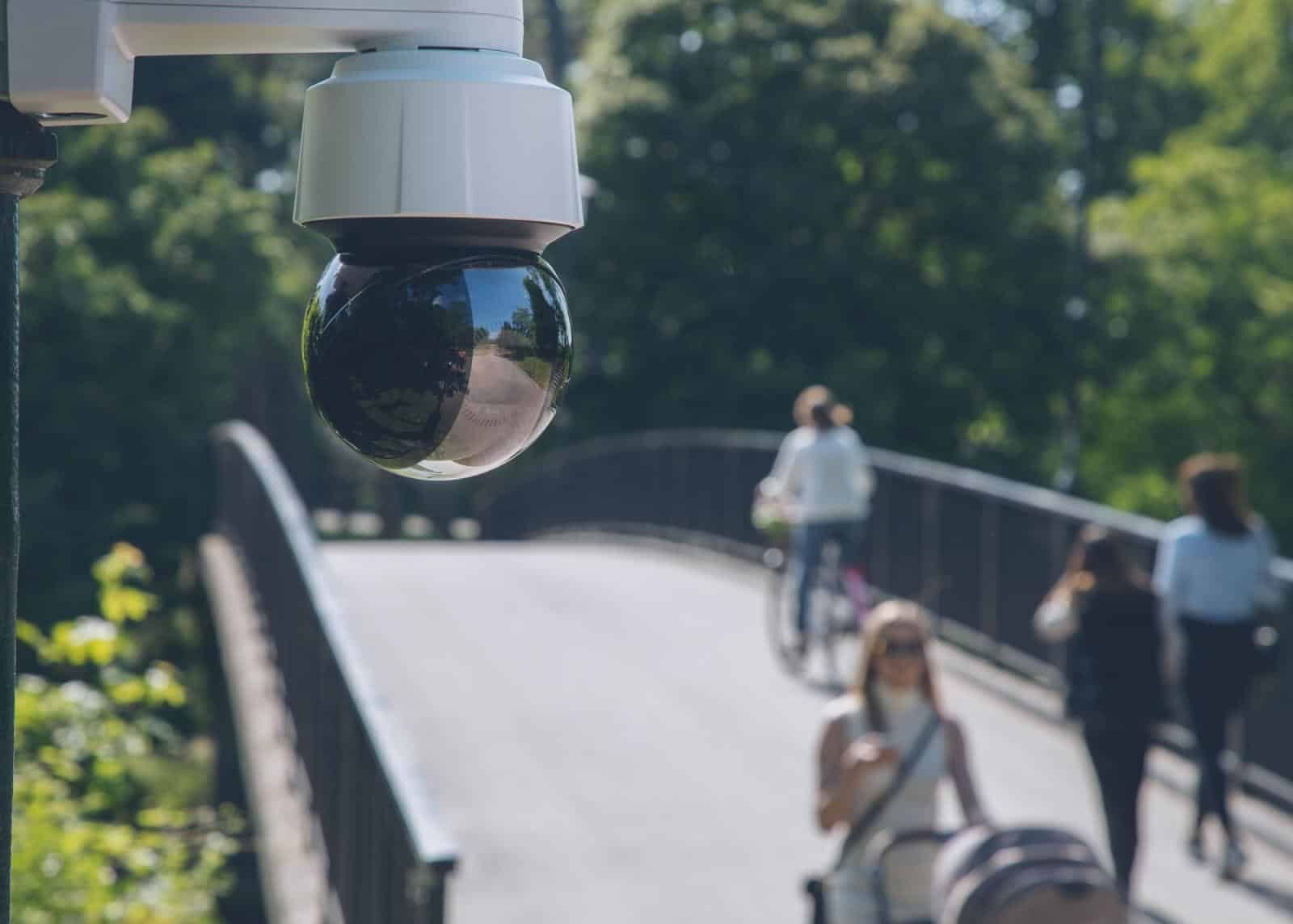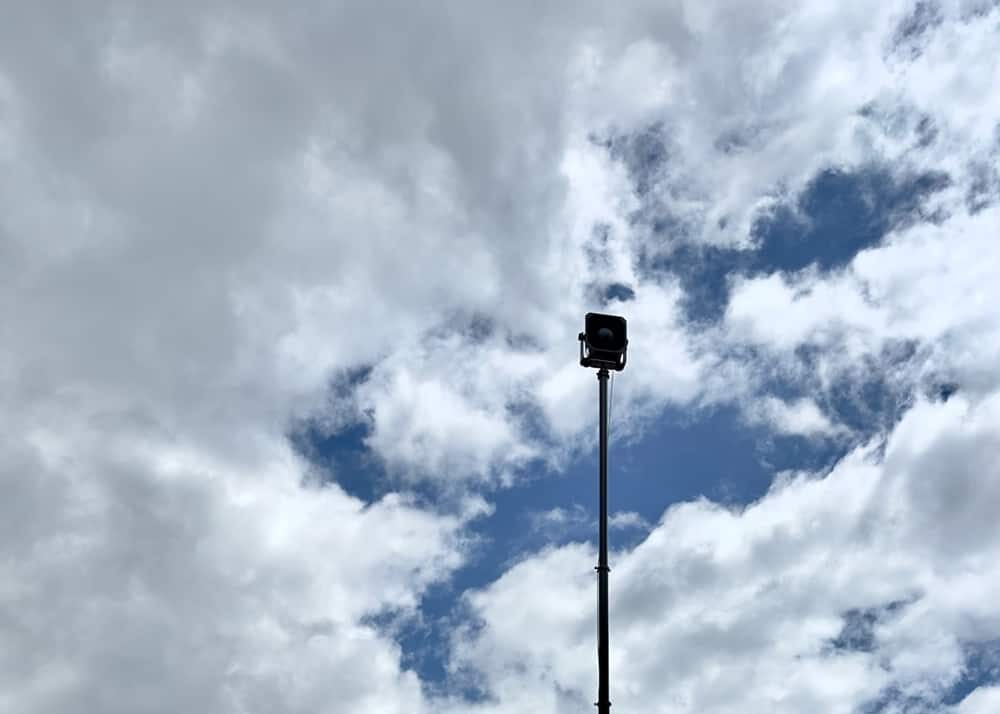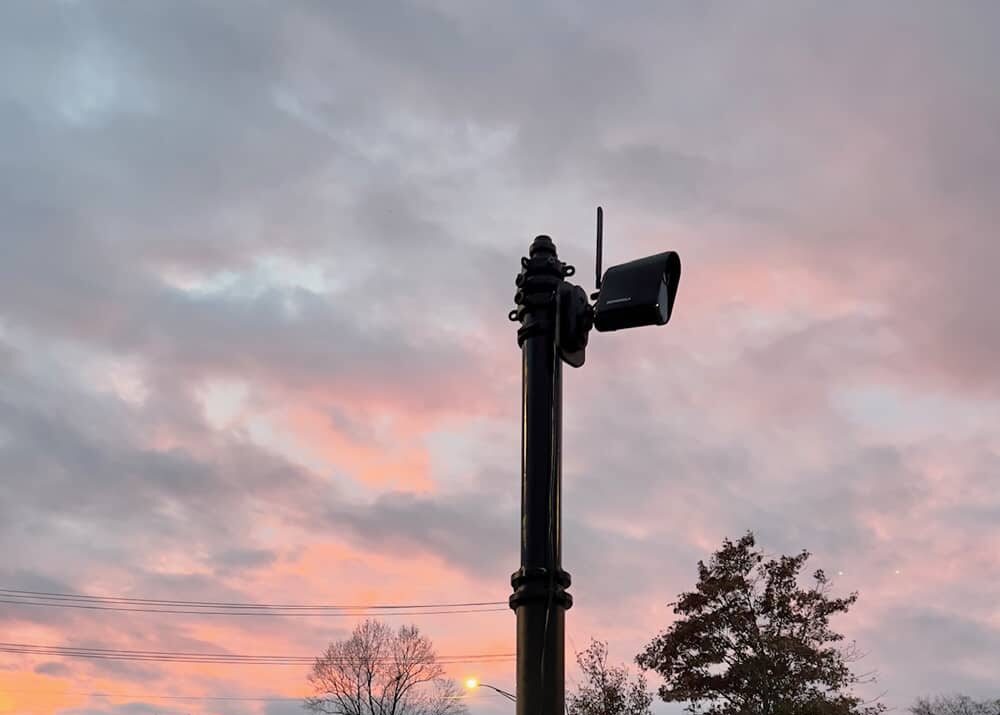Understanding Critical Infrastructure Protection
What Is Critical Infrastructure?
Critical infrastructure refers to the essential systems and assets that are vital for the functioning of a society and economy. These systems support daily life, national defense, emergency response, and the flow of goods and services. Without them, even minor disruptions can trigger wide-reaching consequences.
These include:
- Energy Production and Distribution: Power plants, electrical grids, and fuel pipelines.
- Water Supply Systems: Reservoirs, treatment facilities, and distribution networks.
- Transportation Networks: Highways, railways, airports, and seaports.
- Communication Systems: Telecommunication networks, satellites, and internet service providers.
- Healthcare Facilities: Hospitals, clinics, and emergency medical services.
Disruptions to these systems can have severe consequences on public health, safety, and economic stability. A breakdown in any of these areas can affect millions of people within hours.
Importance of Infrastructure Security
Ensuring the security of critical infrastructure is paramount for several reasons. These systems form the foundation of a functioning society, and any disruption—whether physical or digital—can lead to cascading failures across multiple sectors. Proactive protection helps reduce vulnerabilities and keeps essential services running smoothly, even in the face of emergencies.
Key reasons include:
- National Security: Protecting infrastructure prevents potential exploitation by adversaries and reduces the risk of large-scale disruption.
- Economic Stability: Reliable infrastructure supports continuous economic activities, trade, and access to resources critical to business and industry.
- Public Safety: Maintains the well-being and safety of citizens by ensuring clean water, functioning healthcare, emergency response, and access to communication.
Key Threats to Critical Infrastructure Security
Critical infrastructure faces a wide range of threats—both natural and manmade—that can disrupt operations, threaten lives, and damage national resilience. As technology advances and climate risks grow, the nature of these threats is evolving, making it vital for safety and security professionals to stay vigilant and adaptable.
Here are three of the most pressing threat categories:
1. Cyberattacks
Cyber threats are among the fastest-growing risks to critical infrastructure. Malicious actors target control systems, servers, and communication networks to cause disruption or demand ransom payments.
Real-world example:
In May 2021, the Colonial Pipeline—responsible for delivering nearly half the fuel to the U.S. East Coast—was shut down following a ransomware attack by the DarkSide group. This caused widespread fuel shortages across several states. The U.S. Department of Justice later recovered $2.3 million in cryptocurrency that had been paid to the hackers. DOJ
2. Natural Disasters
From hurricanes and wildfires to severe flooding and drought, extreme weather events are a growing threat to infrastructure systems.
Real-world example:
In 2023, the U.S. experienced 28 separate billion-dollar weather and climate disasters. These events collectively caused more than $92.9 billion in damages, affecting energy grids, transportation systems, and water infrastructure. NOAA
3. Terrorism and Sabotage
Deliberate, targeted attacks—whether physical or digital—aim to cause harm, sow panic, or disrupt vital services. While less frequent than other threats, their impact can be catastrophic.
Real-world example:
In November 2024, the FBI stopped a planned attack in Nashville where a 24-year-old man attempted to use a drone rigged with explosives to damage an energy facility. Investigators described the incident as a serious attempt to sabotage the power grid. New York Post
The Role of Critical Infrastructure Cybersecurity
As critical systems become increasingly connected to the internet, cybersecurity has become a cornerstone of infrastructure protection. Modern infrastructure relies heavily on digital controls and cloud-based platforms. This growing reliance introduces new risks and makes defending against cyber threats more urgent than ever.
Common Cyber Risks
Cyberattacks targeting infrastructure often aim to steal data, disrupt operations, or gain control over critical systems. The most common threats include:
- Ransomware – Malware that encrypts important files or system data and demands payment for release.
- Phishing Attacks – Fraudulent emails or messages that trick users into revealing sensitive information or clicking harmful links.
- Unauthorized Access – Hackers exploiting weak passwords or system flaws to gain control over operational technology.
These attacks can shut down pipelines, disable communication networks, or even trigger false alarms in emergency systems.
Preventative Measures
To reduce the risk of cyber intrusions, infrastructure operators must take proactive steps:
- Regular Software Updates – Keeping software and firmware up to date helps patch known vulnerabilities before attackers can exploit them.
- Employee Training – Human error is one of the top causes of cyber breaches. Training helps employees recognize phishing attempts and follow best practices.
- Network Segmentation – Separating sensitive systems from less critical ones prevents a single breach from spreading throughout the network.
Cybersecurity isn’t just about firewalls—it’s about building a culture of awareness, preparation, and resilience across every level of infrastructure operations.
Components of Critical Infrastructure Protection
Protecting critical infrastructure requires a multi-layered strategy that combines physical defenses, digital safeguards, and recovery planning. Each layer plays a unique role in preventing disruptions and ensuring continuity, especially during emergencies or targeted attacks.
Here are the three core components of an effective protection strategy:
1. Physical Security
Physical security focuses on preventing unauthorized access, theft, or physical damage to infrastructure assets. Facilities like water treatment plants, power substations, and communication towers often sit in remote or high-risk areas, making on-the-ground defenses essential.
Key physical security measures include:
- Surveillance Systems – Security cameras and real-time monitoring tools help detect suspicious activity and support remote oversight.
- Access Controls – Badges, keycards, PIN codes, and biometric systems (like fingerprint or facial scanners) restrict entry to authorized personnel only.
- Security Personnel – Trained guards add a human layer of protection, capable of responding quickly to physical threats or emergencies.
2. Cybersecurity
As critical infrastructure becomes more digital, cybersecurity is no longer optional—it’s foundational. Digital assets like control systems, data storage, and cloud platforms must be secured against cyber threats that could disable operations or compromise sensitive information.
3. Resilience Planning
Resilience is about preparing for the worst—and bouncing back fast. Even with strong physical and cyber defenses, incidents can still happen. That’s why infrastructure security also depends on smart planning and readiness.
Essential resilience strategies include:
- Risk Assessments – Evaluating potential threats and identifying weak points in systems before they can be exploited.
- Incident Response Plans – Defining clear steps to take when an attack, accident, or outage occurs so teams can act fast and minimize damage.
- Regular Drills – Practicing emergency scenarios ensures that everyone knows their role, helping reduce confusion and response time during real events.
Physical Security Measures for Critical Infrastructure
Enhancing physical security is a frontline defense against intrusions, vandalism, and sabotage. Critical infrastructure sites can become targets during emergencies or high-risk periods. Physical tools and visibility measures help deter unauthorized activity before it becomes a threat.
Tools and Technologies That Strengthen Security:
- Mobile Surveillance Towers – These towers offer a fast and flexible way to monitor large or remote areas. They provide an elevated view that enhances situational awareness and helps law enforcement or private security teams detect movement and suspicious behavior from a distance.
- Light Towers – Darkness creates opportunity for threats. Portable light towers increase visibility at night, making it easier to deter criminal activity and support around-the-clock operations.
Using these tools improves visibility, strengthens perimeter protection, and supports real-time monitoring—especially in remote or high-risk environments. They can also serve as temporary security enhancements during special events or emergencies.
The Importance of Reliable Communication in Infrastructure Security
Reliable communication is essential to any emergency response effort. Whether teams are managing a natural disaster or coordinating a security operation, they need fast, uninterrupted access to information. Delays in communication can slow response times and increase risk.
Strong communication networks also support critical systems like surveillance cameras, remote sensors, and emergency alert systems—making them a foundational part of infrastructure security.
Enhancement Solutions That Support Communication:
- Antenna Masts – These masts boost signal strength over long distances, ensuring connectivity even in rural or rugged terrain. Ideal for use in disaster response zones or on mobile command vehicles.
- Telescopic Masts – Adjustable-height masts provide flexible placement for antennas, IP cameras, or communication equipment. Their mobility and height range make them ideal for both temporary and long-term deployments.
Reliable communication tools make it possible to respond faster, coordinate smarter, and keep critical operations running under pressure.
The Growing Need for Mobile Security in Critical Infrastructure
Not all critical infrastructure stays in one place. From mobile command centers to field teams and utility vehicles, many operations happen on the move. As these mobile environments grow more common, having strong security that travels with them is more important than ever.
Benefits of Mobile Security:
- Data Protection – Keeps sensitive operational data encrypted and secure during transport between remote sites.
- Asset Tracking – Allows real-time monitoring of vehicles, equipment, and other mobile assets to prevent loss or theft.
- Operational Continuity – Enables consistent security coverage, even when teams or infrastructure are on the move.
Mobile security supports a flexible response model, especially for emergency managers, utilities, and security forces who operate in dynamic environments.
Best Practices for Strengthening Critical Infrastructure Security
Protecting critical infrastructure is an ongoing process—not a one-time solution. To stay ahead of evolving threats, organizations must be proactive, collaborative, and informed.
Here are five best practices for building long-term resilience:
- Conduct Regular Security Audits – Routinely evaluate your systems to identify weak points and fix them before they’re exploited.
- Implement Advanced Technologies – Use modern tools such as AI-enhanced surveillance, real-time analytics, and portable security towers to improve visibility and response times.
- Foster Public-Private Partnerships – Share threat intelligence, best practices, and training opportunities across agencies and sectors.
- Stay Informed on Regulatory Changes – Track updates to laws and compliance requirements that affect infrastructure security protocols.
- Promote a Culture of Security – Encourage every employee and partner to take security seriously and play an active role in protecting essential systems.
When these strategies are consistently applied, they significantly reduce risk and improve response readiness.
Final Thoughts
Critical infrastructure protection is not just a government issue—it’s a shared responsibility. Safety and security professionals in law enforcement, the military, private security, and emergency management all contribute to defending the systems that support everyday life.
By combining physical security tools, strong cybersecurity practices, and forward-thinking resilience planning, we can protect what matters most—our energy, water, transportation, communication, and healthcare systems.
Want to take the next step?
Contact Critical Tech Solutions to learn how our mobile surveillance towers, light towers, and communications equipment can help strengthen your infrastructure security strategy.

